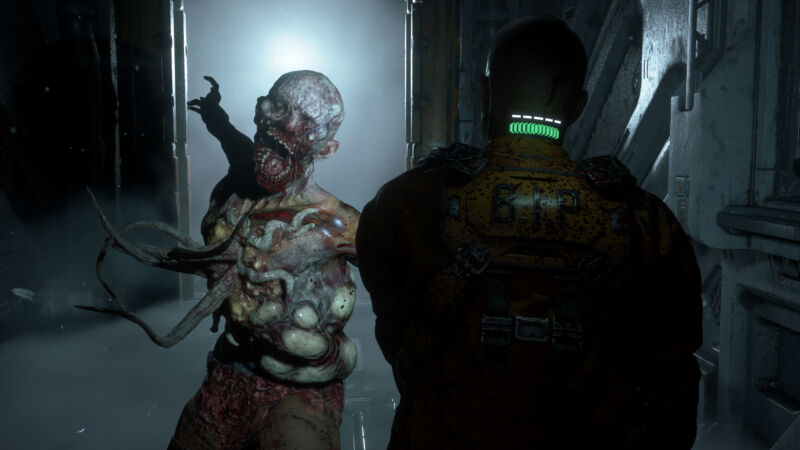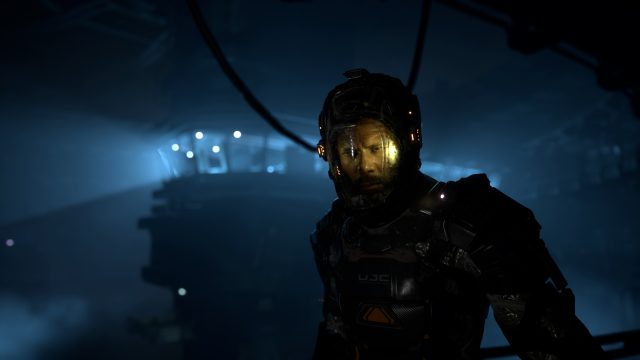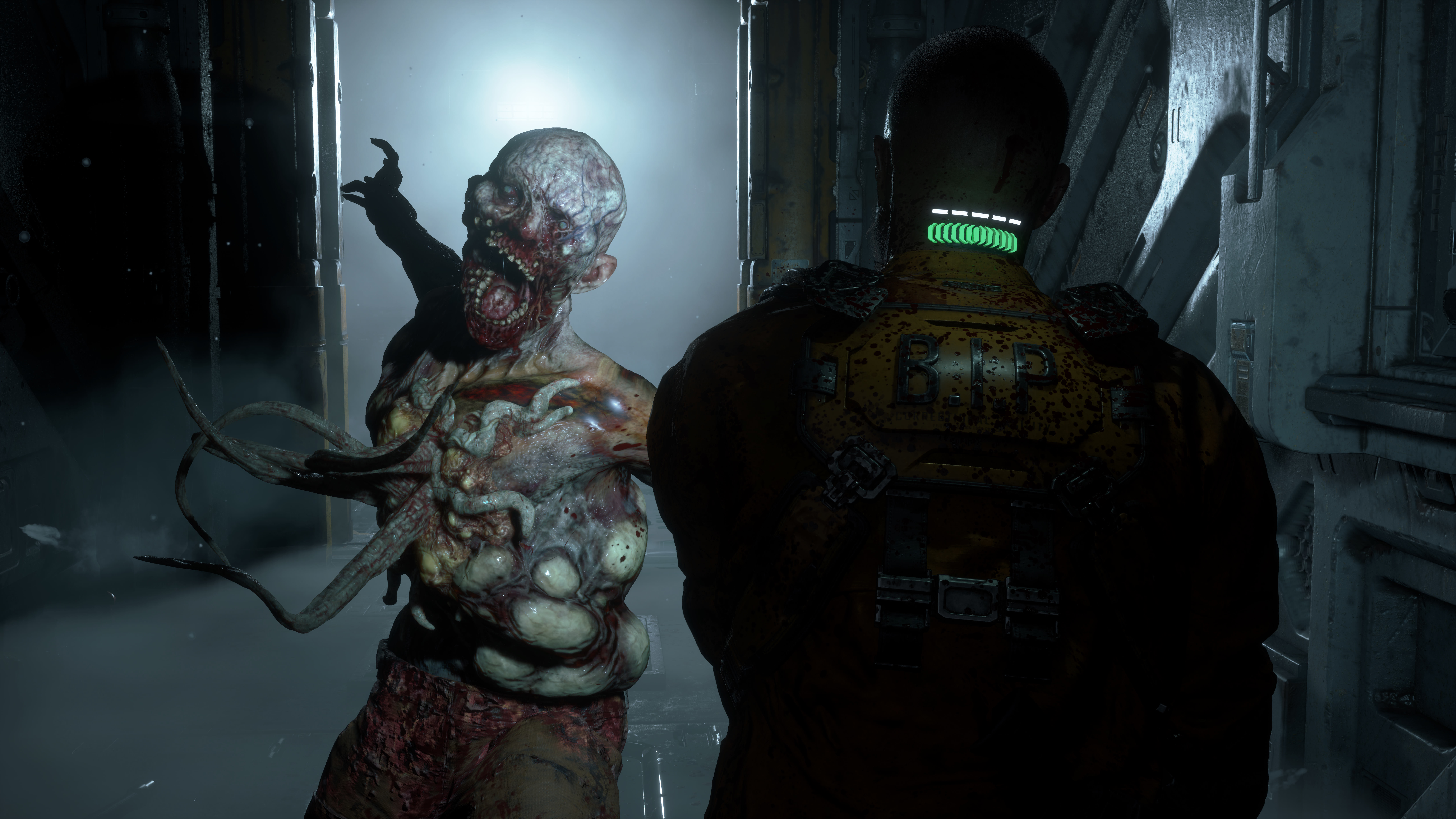
In the survival-horror genre, building tension and ramping up a sense of dread is the backbone of the experience. As a new sci-fi horror IP coming from the creators of Dead Space, The Callisto Protocol homes in on that creeping sense of unease as it forces you to confront its many grotesque threats head-on. When playing The Callisto Protocol, I always felt on edge, even during moments when I could have let my guard down.
The game takes some strong influences from its spiritual predecessor Dead Space and puts its own spin on a more visceral type of horror experience. That said, The Callisto Protocol‘s influences and genre are abundantly clear, and it occasionally falls back on familiar tropes and some frustrating combat encounters. Still, it maintains its solid, relentless poise as an unnerving yet still thrilling survival-horror game.
Welcome to Black Iron Prison
You play as Jacob Lee (Transformers’ Josh Duhamel), a far-future freelance cargo hauler with a murky past who crash lands on Jupiter’s titular frozen moon. After getting abducted by the ruthless head of security, Captain Ferris (Days Gone’s Sam Witwer), Jacob finds himself trapped in the mysterious and inhumane Black Iron Prison.
Eventually, a mysterious viral outbreak mutates nearly everyone inside, turning them into ravenous monsters called Biophages. Launching an escape with other prisoners, including the enigmatic anti-corporate activist Dani Nakamura (The Boys’ Karen Fukuhara), Jacob delves deep into Black Iron Prison and the moon’s lower depths to uncover what happened and make it out alive.
Right from the start, and despite the grotesque, over-the-top horror setting, there’s a palpable sense of realism to The Callisto Protocol’s story and visuals. This is hard sci-fi through and through, in the vein of Paul W.S. Anderson’s Event Horizon or John Carpenter’s The Thing (or the original Dead Space series, unsurprisingly). The game plays it straight with its unsettling vision of a future gone awry, which provides a rich environment to play in. Aside from rare one-liners, there’s not much levity, which keeps with the game’s bleak narrative and atmosphere.

As a cinematic, story-driven game, The Callisto Protocol keeps its pace and structure tight, focusing on Jacob’s ordeal as he’s ferried to different encounters and events in a mostly linear fashion. Aside from chapter breaks and more in-depth cinematics, you’re always viewing events from Jacob’s perspective. The performances from the main cast do an effective job of selling the plot’s sense of urgency and dark tone. While the story largely keeps its twists subdued and doesn’t venture far from its initial premise by the end of its 12-plus-hour campaign, it still succeeds as a solid vehicle for an intense and brutal horror game.
What truly sells The Callisto Protocol and its setting are the fantastic visuals and sound design. The presentation is incredibly effective at establishing mood, with small details combining together into the most impressive and effective survival-horror tapestry I’ve seen in a long time. This is especially evident in the gruesome design of the Biophages, as well as the numerous, wince-inducing death scenes.
When the visuals and sound design all work in concert, it creates a stark sense of dread and unease that sticks with you to the end. One section had me explore the depths of the prison while the power was fluctuating, creating moments of darkness for the enemies to move around unseen. Just trying to keep track of where these monsters were put me on edge. It was an unnerving section that really showcased the craft of the game’s impressive presentation.
While Black Iron Prison is slightly similar to the USG Ishimura from Dead Space, the setting comes into its own once the game’s scope expands, showcasing fantastic views of the outside frozen lunarscape and the darker depths of Callisto. The game’s linear progression and tight pacing cut down on backtracking. That said, there are still moments where you can venture off and explore hidden rooms, mainly to uncover some intriguing clues and audio logs about Black Iron Prison history and what came before.








